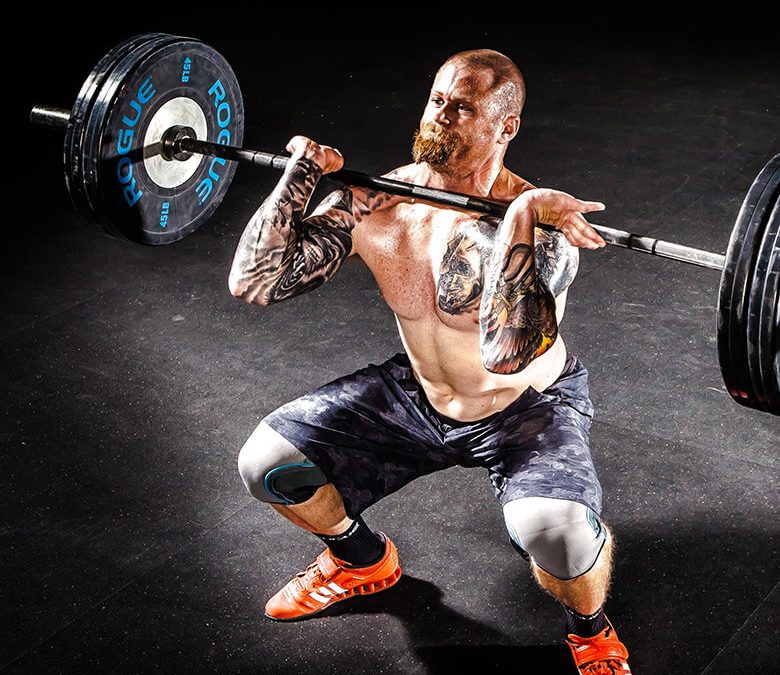The Use of Electrical Muscle Stimulation in Competitive Sport
The Use of Electrical Muscle Stimulation in Competitive Sport

After a brief introduction on Electrical muscle stimulation methodology and applications in competitive sport for performance optimization, this technical report presents the principal effects of Electrical muscle stimulation-induced resistance exercise on neuromuscular features. The advantages and limitations of this technique compared with those of voluntary exercise training are also discussed.
Electrical muscle stimulation (EMS) can be applied with a variety of protocols and parameters. Typical settings of EMS exercise involve the application of electrical stimuli delivered in intermittent trains through surface electrodes positioned over the muscle motor point and preprogrammed stimulation units. Thanks to recent advances in EMS technology, portable and relatively low-cost stimulators can be purchased and used by a growing number of coaches and athletes. There are 2 main applications of EMS exercise for optimizing sport performance: the low-frequency modality, which is largely used to promote the recovery process in endurance-trained athletes, and the high-frequency mode, mainly used to improve muscle strength and power in anaerobic events. The main differences between these 2 forms of EMS are the frequency modulation (<15 Hz vs >40 to 50 Hz), the stimulus-current amplitude (submaximal and painless vs maximal and painful), and, consequently, the force produced by the muscle (<10% vs >50% of the maximal voluntary-contraction force). Despite the fact that low-frequency EMS is largely adopted by competitive endurance athletes, there is no scientific support regarding its ability to enhance the recovery process, and its presumed superiority to other methods remains to be demonstrated.1 For this reason, the effect of high-frequency EMS-induced resistance exercise (also known as neuromuscular EMS) is the focus of this technical report.
The rationale for adopting EMS exercise in addition to voluntary training in competitive athletes is primarily based on 2 ideas. First, EMS imposes a unique motor- unit-recruitment pattern, that is, fast-motor-unit activation at relatively low force levels, 2 which could be viewed as a new form of stress from a neuromuscular and metabolic point of view. Second, a single EMS bout is usually less time-consuming (12 to 15 minutes) than normal volitional exercise sessions, and this is extremely appealing for athletes who have a limited amount of time for conditioning.

There is no doubt that it is possible to increase muscle strength with an EMStraining program, but athletes are generally reluctant to use this technique as a
supplement to training because of the stress being applied during nonspecific contractions (ie, isometric in general), as well as pain and discomfort associated with artificial activation. Typical EMS training programs follow the same principles used in voluntary resistance exercise: 30 to 40 maximal contractions per session, 3 to 5 sessions per week, and 3 to 5 weeks of training. By using this methodology, several studies with individual- and team-sport athletes (eg, swimming, track and field, weight lifting, basketball, volleyball, ice hockey, rugby) have reported significant improvement in maximal strength—particularly for the lower extremity muscles—and in some cases even in anaerobic-power production (vertical jump and sprint ability)3,4 likely to affect field performance. It should be noted, however, that performance of complex movements requiring high levels of neuromuscular coordination can only be obtained if EMS is used in conjunction with voluntary “technical” exercise (eg, plyometrics).3 EMS-training-induced increases in muscle strength and power are largely mediated by neural adaptations, for example, increased muscle activation,5 particularly in the case of short-term training programs. Although many investigators assume that EMS activates the muscle without involving the central nervous system, the magnitude of central effects evoked by the peripheral stimulation can be substantial.
In conclusion, it should be remembered that EMS-training-induced strength and power gains for unimpaired muscles are similar (and complementary) to, but not greater than, those that can be achieved with normal voluntary training. It is possible that EMS could be particularly useful for athletes whose performance has plateaued after several years of training and competition, and it would be supplementary to, rather than a substitute for, more traditional forms of training. Additional research is necessary to verify the effectiveness of high-frequency, “painless” EMS at rela- tively low force levels (10% to 20% of the maximal voluntary contraction force) as a way to selectively train the fast muscle fibers,2 as well as the effectiveness of low-frequency EMS as a recovery modality for endurance sports.
Acknowledgments
I am grateful to Charles McCammon (Research Department, Schulthess Clinic, Zurich, Switzerland) for the English revision of the manuscript.
References
1. Lattier G, Millet GY, Martin A, Martin V. Fatigue and recovery after high-intensity exercise. part II: recovery interventions. Int J Sports Med. 2004;25:509-515.
2. Gregory CM, Bickel CS. Recruitment pattern in human skeletal muscle during electrical stimulation. Phys Ther. 2005;85:358-364.
3. Maffiuletti NA, Dugnani S, Folz M, Di Pierno E, Mauro F. Effect of combined elec- trostimulation and plyometric training on vertical jump height. Med Sci Sports Exerc.
2002;34:1638-1644.
4. Brocherie F, Babault N, Cometti G, Maffiuletti NA, Chatard JC. Electrical muscle stimulation training effects on the physical performance of ice hockey players. Med Sci Sports Exerc. 2005;37:455-460.
5. Maffiuletti NA, Pensini M, Martin A. Activation of human plantar flexor muscles increases after electromyostimulation training. J Appl Physiol. 2002;92:1383-1392
Nicola A. Maffiuletti , International Journal of Sports Physiology and Performance, 2006;1:406-407 © 2006 Human Kinetics, Inc

